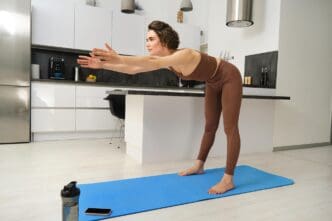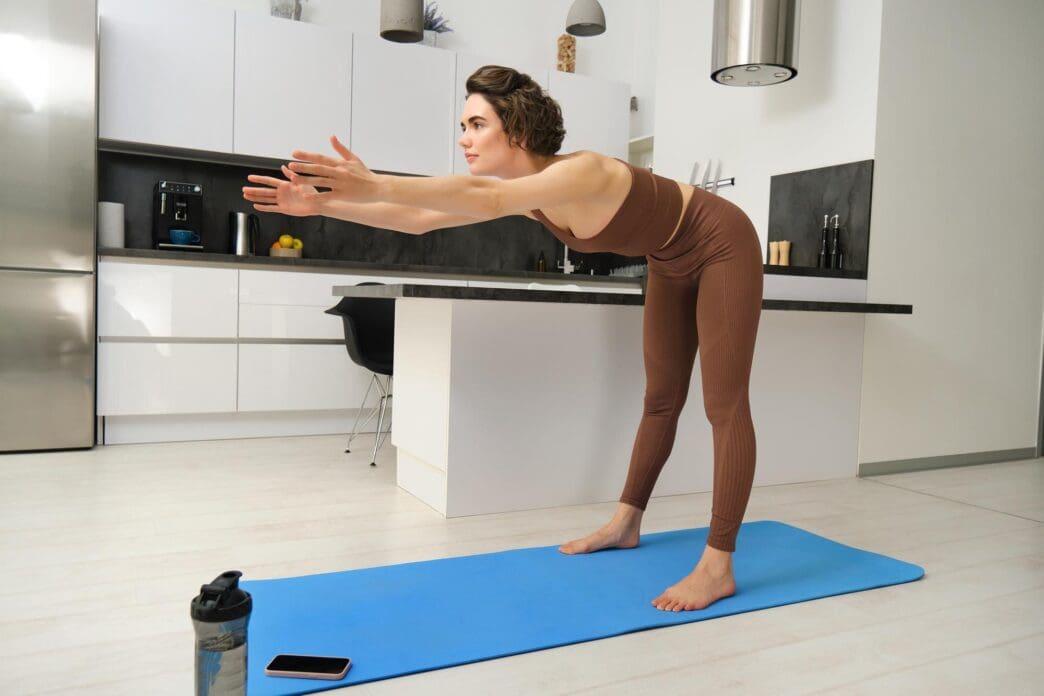A Quick Takeaway
The Story Behind the Trend
How to Make It Work for You
The Community View
A strong core is not merely about achieving visible abdominal muscles; it is the fundamental powerhouse of your entire body, crucial for everyone from competitive athletes to individuals navigating daily life. This central pillar of strength, encompassing muscles in your abdomen, back, hips, and pelvic floor, provides the stability and support necessary to perform everyday movements with ease, prevent injuries, improve posture, and enhance overall physical performance. Understanding and actively strengthening your core is an essential investment in long-term health and vitality, underpinning virtually every physical action you undertake.
Understanding Your Core: More Than Just Abs
When we talk about the core, we’re referring to a complex group of muscles that stabilize the spine and pelvis. This intricate network includes the rectus abdominis (the “six-pack” muscles), the internal and external obliques, the transverse abdominis (a deep, corset-like muscle), the multifidus, the erector spinae, the diaphragm, and the pelvic floor muscles.
These muscles work synergistically to create a stable base, allowing for efficient movement of the limbs and protecting the spine from excessive strain. True core strength isn’t just about how many crunches you can do; it’s about the ability of these muscles to work together to maintain stability and control during various activities.
The Pillars of Everyday Function
The benefits of a robust core extend far beyond aesthetics, impacting virtually every aspect of your physical well-being and daily life.
Improved Posture
A strong core provides the necessary support for your spine, helping you maintain an upright and aligned posture. This counteracts the common tendency to slouch, especially during prolonged sitting, reducing strain on your back and neck.
Proper posture not only makes you appear more confident but also allows your internal organs to function optimally and reduces the likelihood of chronic pain.
Reduced Risk of Injury
Your core acts as a natural brace for your spine and pelvis, absorbing and distributing forces during movement. When your core is weak, other muscles or joints may compensate, leading to overuse injuries, particularly in the lower back, hips, and knees.
Strengthening these muscles creates a protective shield, significantly lowering your susceptibility to common aches and more serious injuries.
Enhanced Balance and Stability
Whether you’re walking on uneven terrain, standing on one leg, or simply reaching for an object, your core muscles are constantly working to keep you balanced. A strong core improves proprioception—your body’s sense of its position in space—which is crucial for preventing falls, especially as you age.
This enhanced stability translates into greater confidence and agility in all your movements.
Better Athletic Performance
For athletes and active individuals, a strong core is a non-negotiable asset. It is the center from which all power is generated and transferred, whether you’re swinging a golf club, throwing a ball, running, or lifting weights.
An efficient core allows for more powerful, controlled, and efficient movements, leading to improved performance and reduced fatigue.
Efficient Movement in Daily Tasks
Consider the everyday actions you perform: lifting groceries, bending to tie your shoes, reaching overhead, or simply getting out of a chair. Each of these movements relies on your core for stability and power. A strong core makes these tasks feel easier, less strenuous, and more fluid.
It enhances your functional fitness, enabling you to navigate the demands of daily life with greater ease and comfort.
Beyond the Six-Pack: Functional Core Training
Effective core training focuses on stability, control, and functional movement rather than just isolated abdominal exercises. Exercises like planks, side planks, bird-dog, dead bug, and anti-rotation movements (such as Pallof presses) are excellent for building comprehensive core strength.
These exercises teach your core muscles to work together to resist movement and maintain stability, mimicking the way they function in real-life activities. Proper form and mindful breathing, particularly diaphragmatic breathing, are paramount to engaging the deep core muscles effectively.
Integrating Core Work into Your Routine
Incorporating core strengthening into your fitness regimen doesn’t require hours at the gym. Even 10-15 minutes of dedicated core work, three to four times a week, can yield significant benefits. Focus on a variety of exercises that challenge your core from different angles, ensuring you’re targeting all the essential muscles.
Listen to your body, progress gradually, and remember that consistency is far more important than intensity when building sustainable core strength.
Your Foundation for a Healthier Life
Developing a strong and stable core is one of the most impactful investments you can make in your physical health and overall well-being. It serves as your body’s central support system, protecting your spine, enhancing your movements, and empowering you to live an active, pain-free life. By prioritizing core strength, you unlock a secret weapon that underpins every action, every sport, and every moment of your daily existence, leading to a more resilient and capable you.







